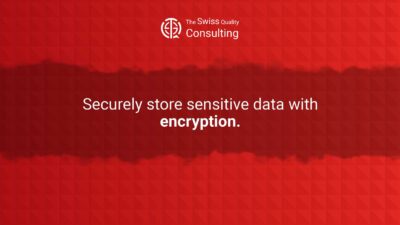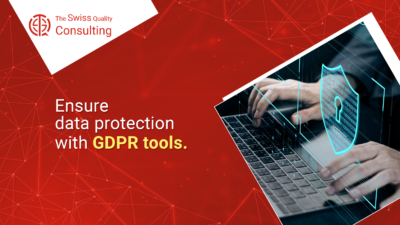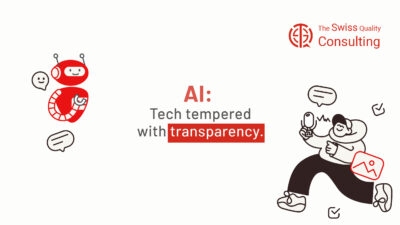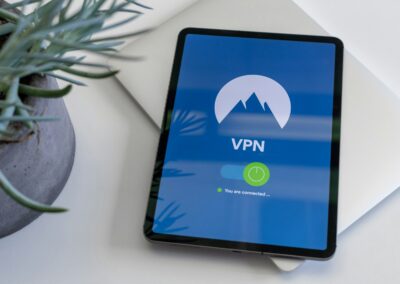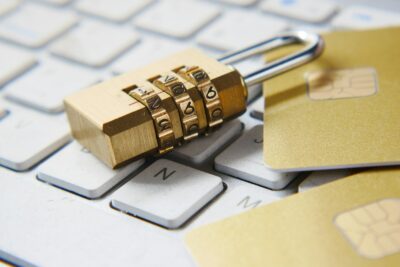Ensuring Confidentiality, Integrity, and Availability from Creation to Consumption
End-to-End Encryption: Safeguarding Data’s Journey
End-to-end encryption (E2EE) has become a critical tool for protecting sensitive data in an increasingly interconnected world. By encrypting data at its point of origin and decrypting it only at its intended destination, E2EE ensures that information remains confidential and secure throughout its entire lifecycle, from creation to consumption. This holistic approach to data protection is essential in mitigating risks associated with unauthorized access, data breaches, and cyberattacks.
The Growing Importance of Data Privacy in the UAE and Saudi Arabia
As the UAE and Saudi Arabia continue to embrace digital transformation, the importance of data privacy and security has never been more pronounced. Both countries have enacted robust data protection regulations, such as the UAE’s Personal Data Protection Law and Saudi Arabia’s Personal Data Protection Law, to safeguard individuals’ privacy rights and promote responsible data handling practices. End-to-end encryption plays a vital role in complying with these regulations by ensuring that personal data remains confidential and protected throughout its lifecycle.
Business Implications of End-to-End Encryption
In today’s business landscape, where data is often considered a valuable asset, E2EE offers a competitive advantage by demonstrating a commitment to protecting customer information and maintaining trust. Businesses that prioritize data security can attract and retain customers, build brand loyalty, and mitigate the financial and reputational risks associated with data breaches. Moreover, E2EE can facilitate secure communication and collaboration within organizations, enabling employees to share sensitive information without fear of interception or unauthorized access.
End-to-End Encryption: A Technical Deep Dive
At its core, end-to-end encryption relies on cryptographic algorithms to scramble data into an unreadable format. Only authorized parties with the corresponding decryption keys can access the original information. Public key cryptography, a widely used E2EE technique, employs a pair of keys—a public key for encryption and a private key for decryption—to ensure secure communication. This approach provides a robust mechanism for protecting data in transit and at rest, making it virtually impossible for unauthorized individuals to decipher the encrypted information.
End-to-End Encryption in the Metaverse
As the metaverse continues to gain traction, the need for secure and private communication within these virtual environments becomes increasingly critical. End-to-end encryption can play a pivotal role in safeguarding user interactions, transactions, and personal data within the metaverse. By ensuring that communications remain confidential and protected from prying eyes, E2EE can foster trust and confidence among users, enabling them to fully immerse themselves in these digital worlds without compromising their privacy.
Challenges and Considerations in Implementing End-to-End Encryption
While E2EE offers a powerful solution for data protection, its implementation can present certain challenges. Key management, for instance, requires careful consideration to ensure the secure generation, storage, and distribution of encryption keys. Additionally, the trade-off between security and usability must be balanced to avoid hindering user experience. It is crucial for organizations to thoroughly assess their specific needs and select the most appropriate E2EE solutions that align with their security goals and operational requirements.
The Future of End-to-End Encryption
As technology continues to evolve, so too will the landscape of data security. End-to-end encryption is expected to remain a cornerstone of data protection, with ongoing advancements in cryptographic algorithms and key management techniques further strengthening its efficacy. The integration of E2EE with emerging technologies like artificial intelligence and blockchain holds the potential to create even more robust and comprehensive data security solutions. As businesses and individuals alike increasingly recognize the importance of data privacy, the demand for E2EE will continue to grow, ensuring a safer and more secure digital future.
Ensuring Compliance and Best Practices for E2EE
To maximize the benefits of end-to-end encryption, organizations should adhere to industry best practices and relevant regulatory frameworks. Regular security audits, vulnerability assessments, and employee training programs are essential components of a comprehensive data protection strategy. Collaboration with cybersecurity experts can also provide valuable insights and guidance on implementing and maintaining effective E2EE solutions. By staying abreast of the latest developments in encryption technologies and proactively addressing potential vulnerabilities, organizations can ensure the ongoing protection of their sensitive data.
#endtoendencryption #dataprotection #cybersecurity #privacy #encryptionlifecycle


